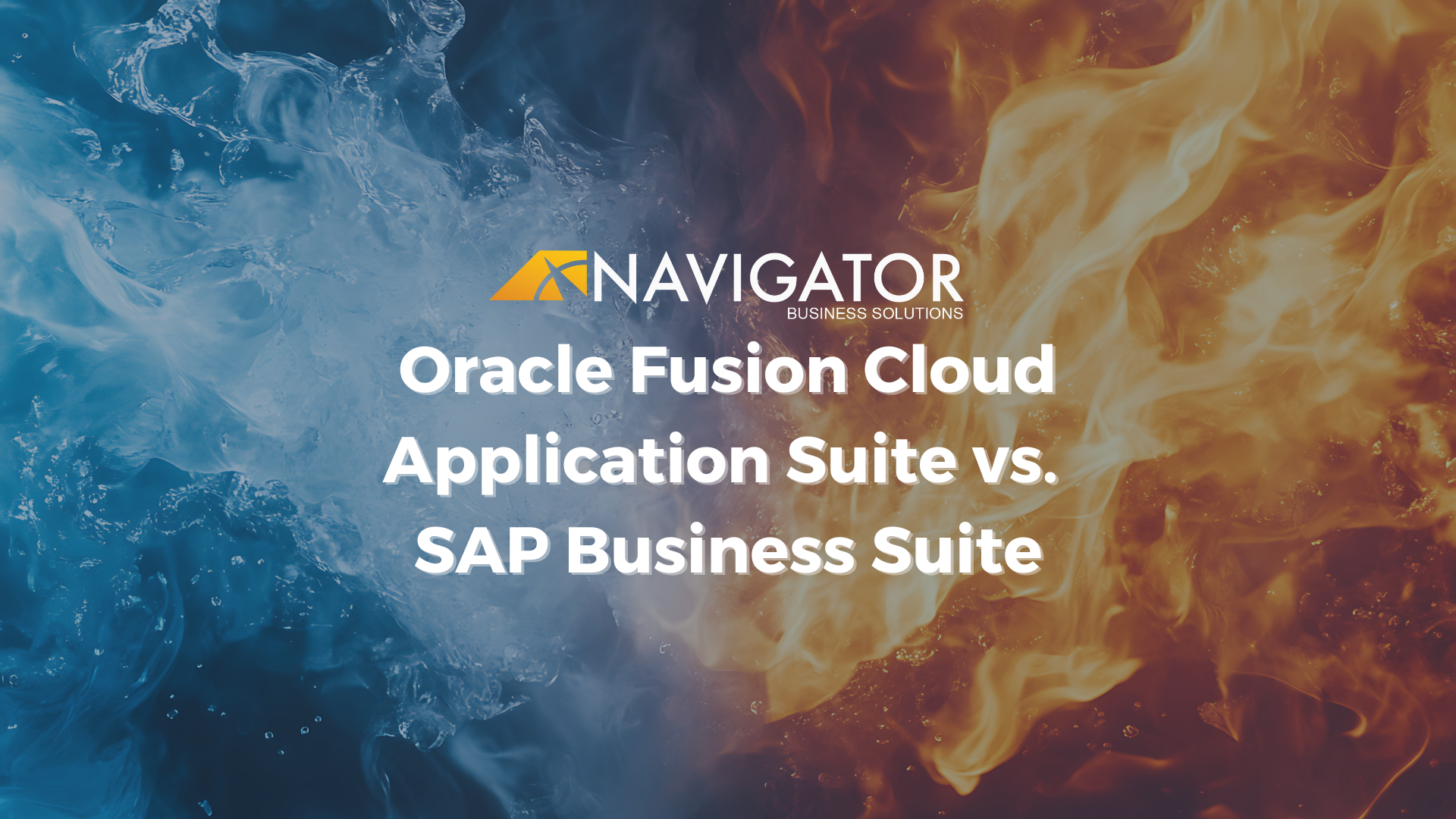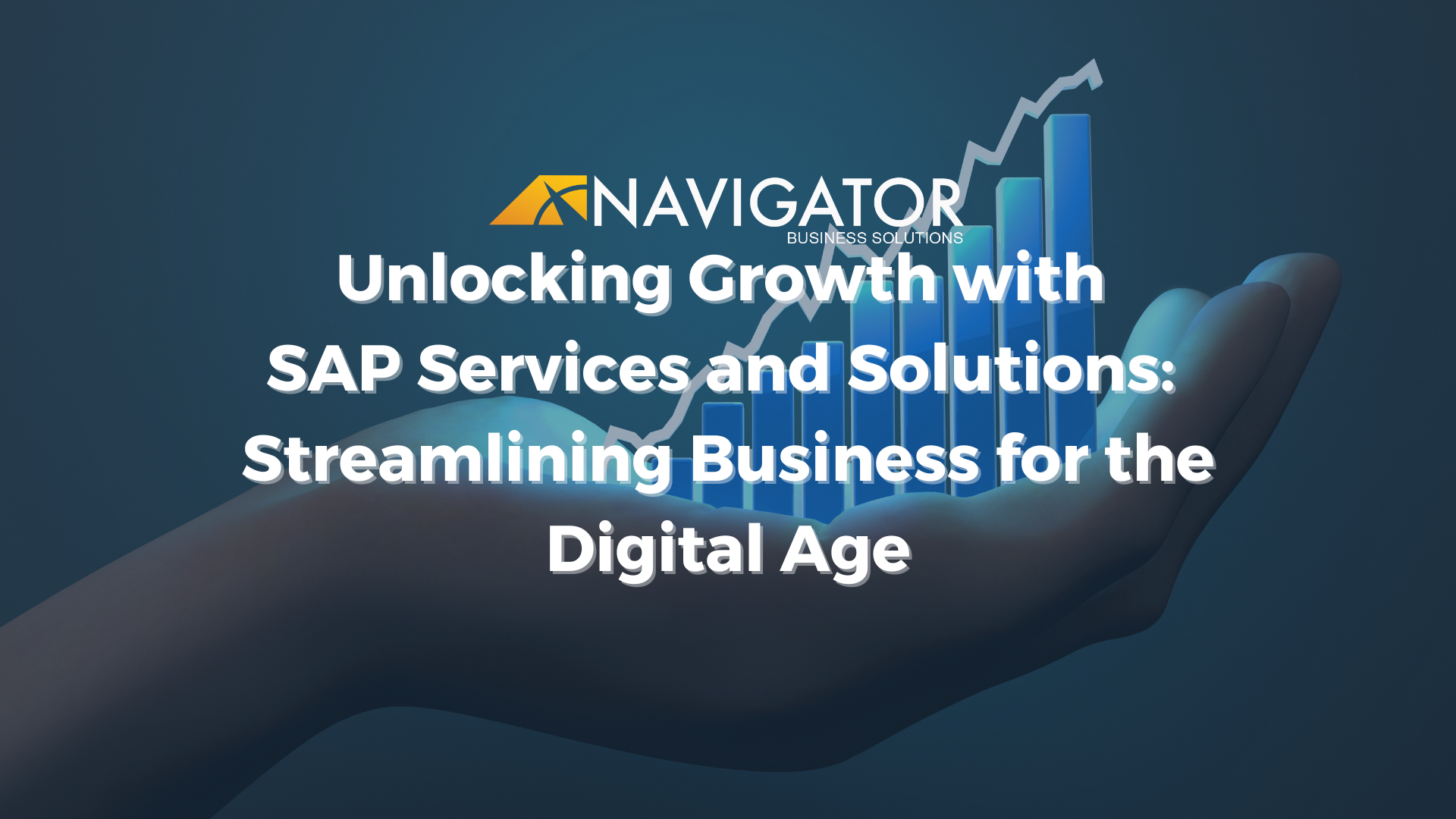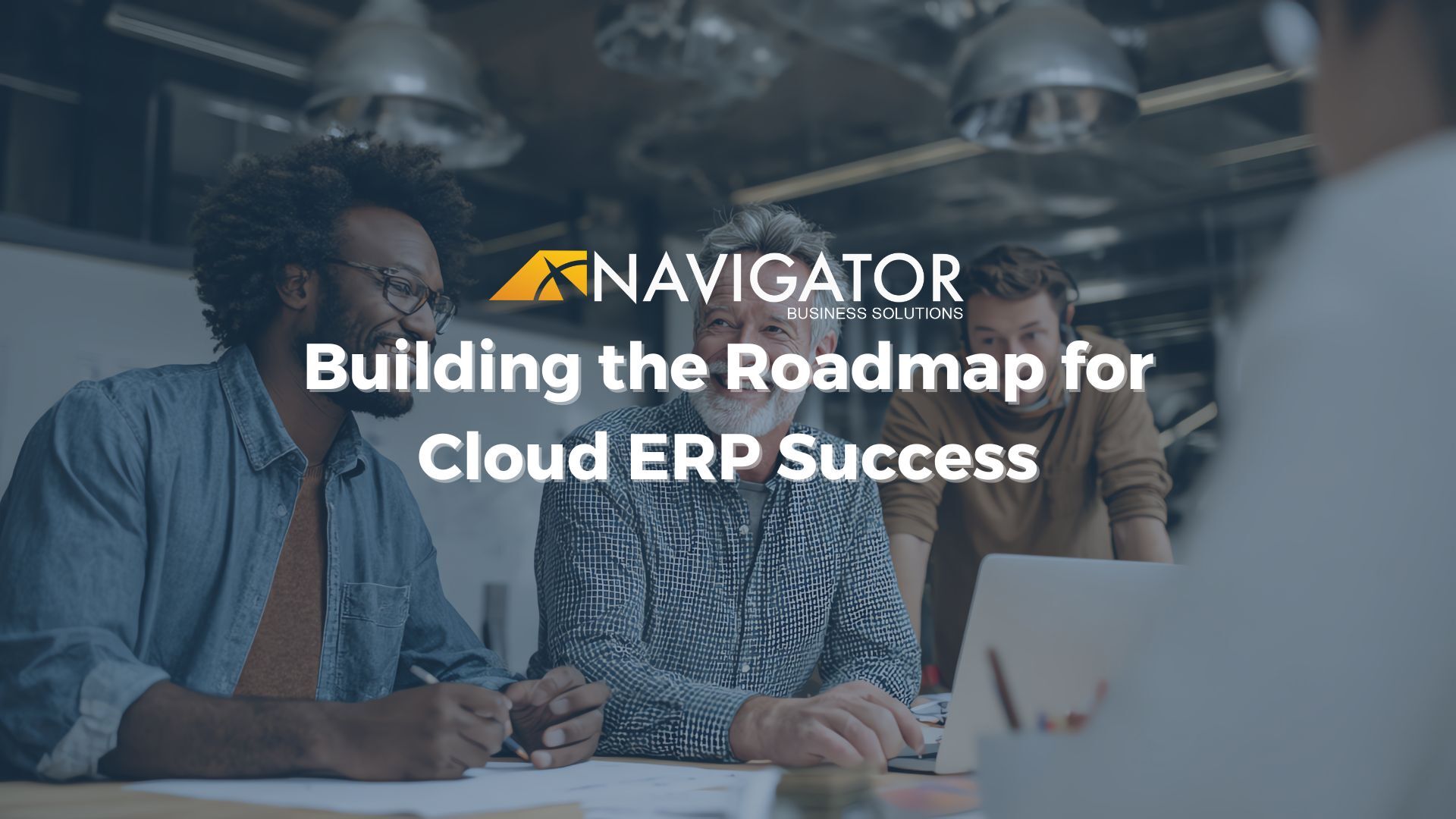Introduction to the New SAP S/4HANA Cloud Public Edition Pricing Structure
SAP has introduced a modernized pricing model for S/4HANA Cloud Public Edition, designed to align with industry standards and deliver greater clarity, flexibility, and value. This new model replaces the former Full Use Equivalent (FUE) approach with a per-user, per-month licensing structure, reflecting how customers use ERP software across business functions.
At the core of this model are modular buying centers: Finance, Supply Chain, Procurement, HCM, and Customer Experience; each offering base and premium user options. By simplifying SKUs, bundling high-value capabilities into base licenses, and reducing contract complexity, SAP enables customers to scale more efficiently, improve transparency, and better match licensing to business needs.
This transition also enhances the ability of SAP Cloud ERP customers to more easily access advanced capabilities such as AI, sustainability, and analytics, while embedding core entitlements like multi-bank connectivity, compliance, and build tools directly into base packages. The result is a more competitive, streamlined, and value-driven commercial model for today’s cloud ERP customers.

Former Pricing Structure, Full User Equivalent (FUEs)
One of the advantages of SAP S/4HANA Cloud Public Edition is the scalability of the ERP solution. Functionality can be turned on or off and extended depending on the needs of the business, and seat licenses can expand (or be reconfigured) depending on the company’s needs. This inherent ability to expand and reconfigure the ERP solution is where FUE allocation comes into play.
With on-premise software and most cloud applications, the functionality a company buys is based on the product or tier, and the number of authorized users is based on a simple seat license. For instance, a company might buy 50 seat licenses for Microsoft Office Professional, which means 50 employees get access to the software.
However, ERP solutions are more complex and touch upon all areas of a constantly evolving business. So, there are different versions of SAP ERP for different business needs, but the simple concept of a seat license is not enough. An employee who uses SAP S/4HANA Cloud Public Edition on the shop floor has a different use case and different access level and should not cost the same as a license that supports a CFO who takes advantage of the system more fully.
This is where the concept of FUE comes into play with S/4HANA Cloud Public Edition licensing. The intention behind FUEs is to make access costs less for employees whose role only needs access to a small part of the system, and more for heavy users who take advantage of the full solution.
Understanding the FUE
FUE stands for “Full User Equivalent.” It is the total amount of access to SAP S/4HANA Cloud Public Edition that a company buys, and it is expressed as a single number, such as 50 FUEs, that is then divided among employees. It replaces the concept of a seat license.
This approach of FUEs is a unique approach to licensing by SAP, which is intended to deliver value and flexibility to the customer. The four types of user categories can seem confusing, which can impact those not accustomed to working with FUEs and their definitions. The concept of a Full User Equivalent (FUE) can seem confusing, and if not fully understood, can impact the perception of cost/user access, making it seem more difficult to measure accurately when being compared to seat-based systems
There are three types of users when counting FUEs, each taking a different amount of the quota that a company purchases.
The four user types include:
Advanced User: 1 FUE
One advanced user will take 1 FUE from a company’s purchased quota.
An Advanced User has full access to the S/4HANA Cloud application, enabling them to create and modify data, run reports, and utilize its complete range of business processes. This user type is usually for employees who require extensive functionality and play a key role in managing critical business operations.
Core Users: .200 FUE
Five core users will take 1 FUE from a company’s purchased quota.
A Core User has limited access to the S/4HANA Cloud application, allowing them to view data, run reports, and engage in basic business processes. This type of user needs access to specific business information and performs routine tasks in the system without the need for full functionality.
Self Serve Users: .033 FUE
30 self-serve users will take 1 FUE from a company’s purchased quota.
A Self-Service user is one who uses the S/4HANA Cloud application through self-service portals, viewing data, reports, and basic business processes. This type of user mostly consumes business information and uses the system through predefined self-service capabilities.
Developer Users: 2 FUE
One developer will take 2 FUE from a company’s purchased quota.
A Developer User sets up and plays a role in managing the company’s S/4HANA Cloud application. This type of user accesses SAP application development tools and has developer-level access to the system. This user type maps closely to employees in the company’s IT department.
Once a company buys a defined number of FUEs, the minimum being 15, it can use this quota in any way that it likes. Users can be added or removed at any time, upgraded to a user type with more access, or downgraded to a user type with less access. This gives businesses more flexibility and provides customers with maximum flexibility and control in getting the value from their subscription. The downside is that explaining the FUE and its representative meaning to new clients can add complexity to the conversation beyond the simple definition of a seat license concept.
When understanding FUE and the role it plays, it is worth noting that user type is different from access permissions. Businesses can craft fine-grained access permissions so each employee only has access to data and functionality that the employee needs. User type is strictly an SAP billing concept and not directly related to access. FUE and user type only come into play for the purposes of calculating how many employees are allowed to use the software solution.
It is also worth mentioning that SAP S/4HANA Cloud Public Edition starts at a 15 FUE minimum since the solution is built and intended for medium-sized and growth-focused businesses. Smaller businesses should instead look at SAP Business ByDesign, a solution designed for small and fast-growing companies that can be upgraded to SAP S/4HANA Cloud Public Edition later as the business grows.
Calculating FUE During the S/4HANA consideration phase
When a business plans to adopt SAP S/4HANA Cloud Public Edition for its ERP backend, it should calculate its FUE needs as part of the system consideration process. This ensures that a business buys what it needs, avoiding both too much spending and potential system access constraints from having too few FUEs available during rollout.
A business can determine its FUE needs by defining the total number of employees that will need access to the S/4HANA Cloud solution and at what level of engagement with the system. From this, a business will know how many of each user type will be accessing the system, and thus how many total FUE units it must purchase.
For more on planning an ERP implementation, download our free CFO’s Guide to Implementing ERP or our ERP Evaluation Worksheet for Executives.
You can also get help with understanding your company’s FUE needs or find answers to other implementation support questions by contacting one of our experienced ERP consultants at (801) 642-0123 or by writing us at info@nbs-us.com.





